1. Cleopatra’s Lead-Based Makeup
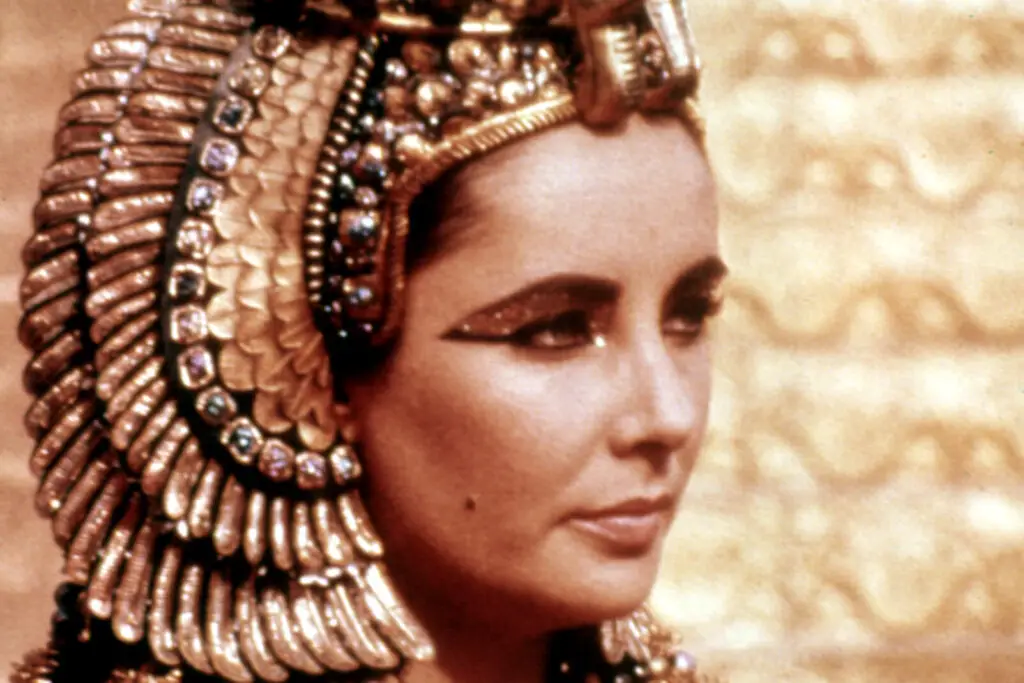
Cleopatra, one of history’s most iconic beauty figures, was known for her stunning appearance, but her beauty secrets might make us cringe today. She used lead-based cosmetics to create that flawless, pale complexion. At the time, the toxicity of lead wasn’t understood, and it was a common ingredient in many beauty products.
Unfortunately, over time, lead poisoning can cause severe health problems, including kidney damage and brain disorders. If Cleopatra were around today, she might be avoiding this dangerous practice for a more skin-friendly alternative.
2. Ancient Roman Bathing Rituals

The ancient Romans took their baths seriously, with large public bathhouses where they would socialize and cleanse themselves. While the idea of a long soak sounds relaxing, Romans often used harsh substances like lye in their bathing routine. Lye is a caustic substance that can strip the skin of its natural oils and lead to chemical burns.
These rituals also involved rubbing oil and dirt off their skin using a tool called a strigil, which was scraped across the body. Though it was effective in cleaning, it could easily cause skin irritation or abrasions if done incorrectly.
3. The Use of Arsenic in Skin Whitening
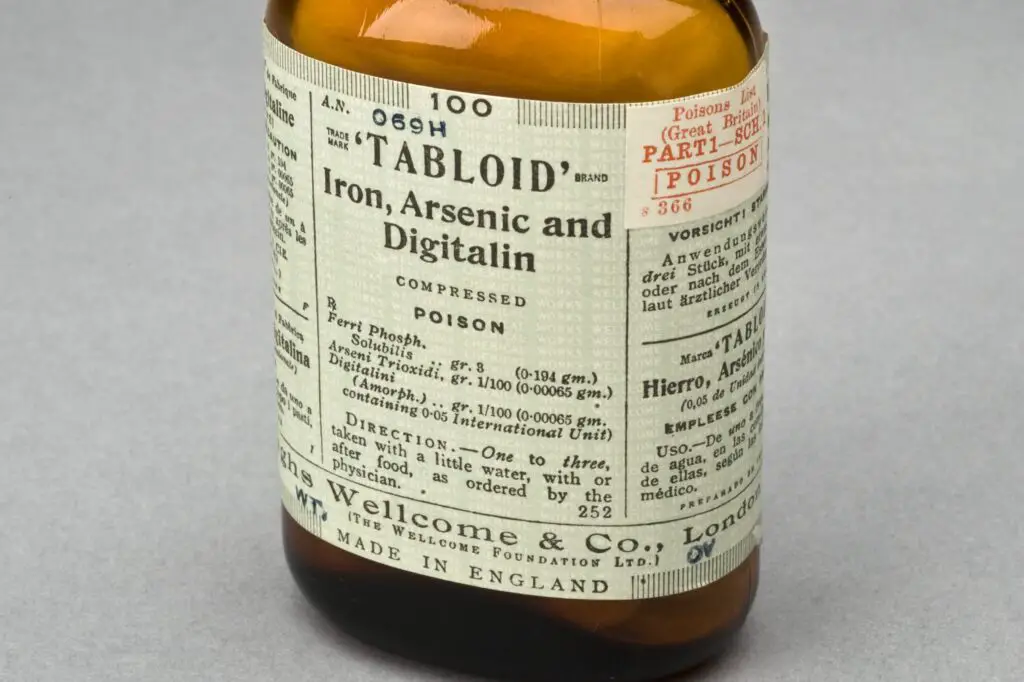
In the 18th and 19th centuries, arsenic was a popular ingredient in skin-whitening treatments. People believed that applying this toxic substance could lighten their skin and create a porcelain-like look. Arsenic-based powders were often ingested or used in face creams, making it a dangerous trend for beauty-conscious individuals.
Repeated exposure to arsenic can lead to a variety of health issues, including poisoning, organ failure, and even death. Today, it’s no surprise that these practices are strictly avoided due to their obvious risks.
4. The Japanese Practice of Teeth Blackening
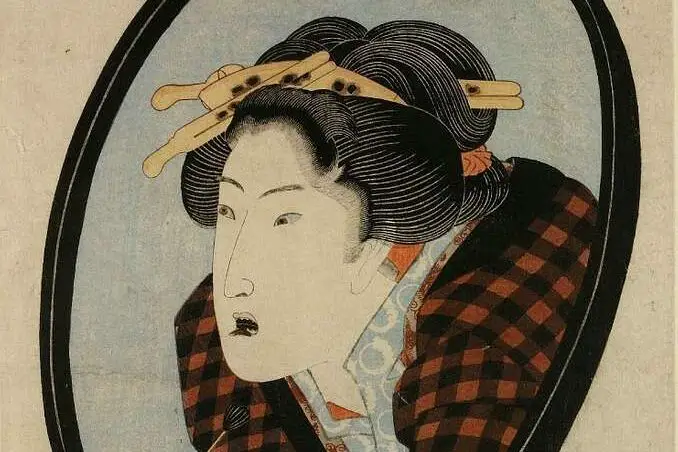
In ancient Japan, it was considered beautiful for women to have blackened teeth, a practice known as “ohaguro.” To achieve this look, people used a special dye made from iron filings and vinegar. This blackened smile was thought to symbolize maturity and beauty.
While the tradition was culturally significant, the chemicals used in the dye could lead to dental and health issues over time. Iron, in particular, could lead to tooth decay and other oral problems, which we now know would be highly unsafe today.
5. Medieval Egg White Facials
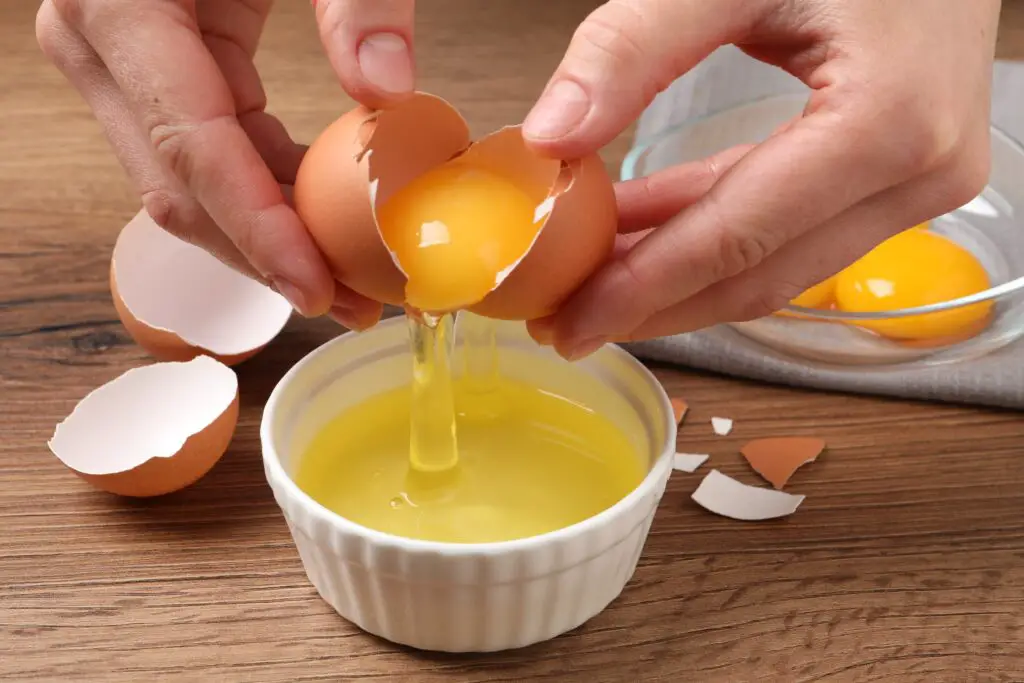
During medieval times, egg whites were often used as a key ingredient in beauty masks, thought to tighten and smooth the skin. The belief was that egg whites could help cleanse and reduce wrinkles, but the risks of using raw eggs were not widely known at the time. Raw eggs can contain harmful bacteria, such as Salmonella, which can lead to food poisoning if applied to the skin or ingested.
Although egg whites are still used in some beauty products today, they are typically pasteurized to ensure they are safe. The medieval method of slathering raw egg whites on the face would definitely be considered unsafe today.
6. Mercury in Hair Dye
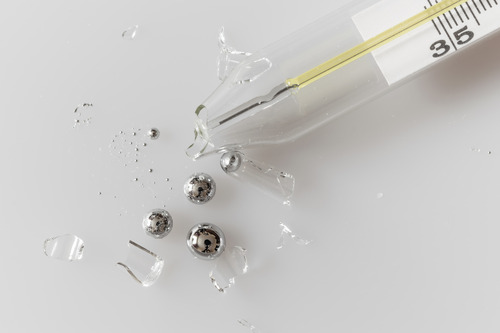
During the 16th and 17th centuries, mercury was a popular ingredient in hair dye, especially for people looking to achieve a light, vibrant color. The toxic substance was believed to provide the desired effect but at the cost of long-term health damage. Mercury exposure can lead to neurological and kidney damage, as well as other dangerous effects.
Despite its toxicity, mercury was widely used, especially in Europe. Today, we have a much better understanding of the dangers of mercury, and it is no longer used in hair dyes or cosmetics.
7. The Use of Radioactive Face Creams
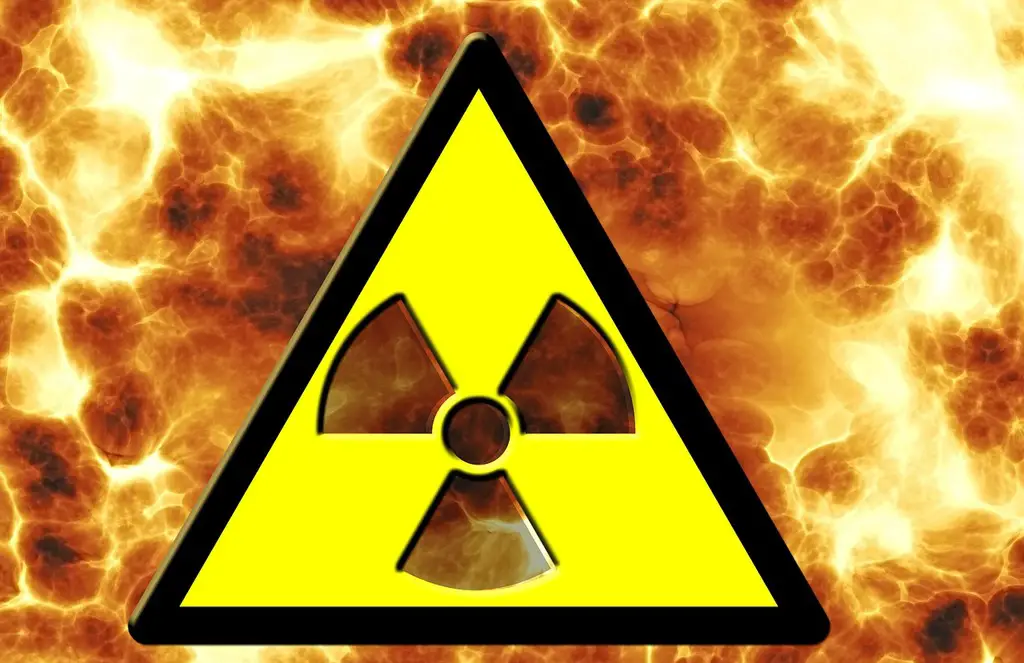
In the early 20th century, radioactive elements were thought to have rejuvenating properties, leading to the creation of radioactive beauty products. These creams, marketed as anti-aging treatments, contained radium and were applied directly to the skin. The belief was that radiation could stimulate cell regeneration and give users a youthful glow.
Unfortunately, prolonged exposure to radiation is known to increase the risk of cancer and other serious health conditions. It’s now clear that these products were both ineffective and dangerous, making them a beauty trend best left in the past.
